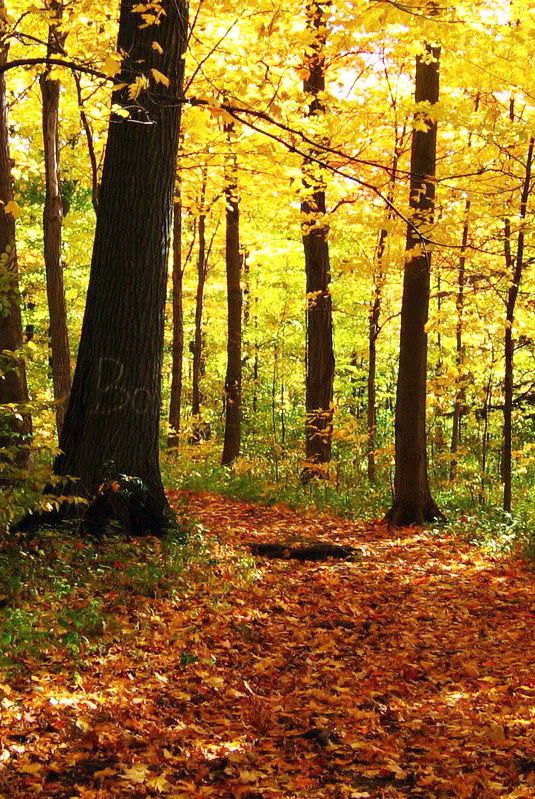We are so fortunate to have so much information at our fingertips these days. We can sit at home all comfy cozy in our pajamas and search through billions of records whenever we get the impulse. Yes, for the twenty-first century family historian, life is good.
Every now and then though, our ancestors make us work for it. Searching with my sister for information on her husband’s line, we had a hard time finding a death record for his great-great-grandmother. We had found Christine Walser in the 1930 Census in Chicago, living with her daughter at the age of 71. Ancestry.com has a Cook County, Illinois Death Index, 1908-1988, and had hoped to find her death record in that database.
No such luck. This was one of those times we’d have to work a little for the information.
Fortunately, there is an alternate source available for death information in Chicago, and several other large cities. Historical Newspapers, Birth, Marriage, & Death Announcements, 1851-2003 is a collection of birth, marriage, and death clippings from newspapers. We were able to locate Christine’s death notice in “The Chicago Tribune” and while it didn’t give us the exact date of death, based on the publication date of 05 January 1941, we can estimate that she died on or near that date. It also gave her burial date and the location of the cemetery, so contacting the cemetery will be our next step and will hopefully give us a firmer death date.
There are more than 1.5 million records in the Historical Newspaper, Birth, Marriage and Death Announcements, and many of the records contain multiple names. The “Tribune” clipping from January 5th in which we found Christine had about 90 deaths, although this is on the larger side. The quantity varies from paper to paper and day to day and some notices included are individual articles focused on one person. I noted a lot of accident articles as I browsed it, so if you have an ancestor who died in an accident at work, or some other circumstance that may have merited a mention in the newspaper, you’ll definitely want to check this collection.
Here is a list of the newspapers included in this collection:
> The New York Times (1851-2003)
> The Los Angeles Times (1881-1985)
> The Boston Globe (1872-1923)
> The Chicago Defender
(Big Weekend and National Editions, 1921-1975)
> The Chicago Tribune (1850-1985)
> The Hartford Courant (1791-1942)
> The Washington Post (1877-1990)
> The Atlanta Constitution (1869-1929)
When you search this collection, you’ll get results that include the newspaper title, location, date of publication, and the event (e.g., birth, marriage, obituary, etc.). When it locates a possible match, you can click through to see an image of the actual clipping.
Because the index was created using Optical Character Recognition (OCR), a computer read the images to create the index. Depending on the quality of the newsprint and image, it’s possible for characters to be misread. If you’re having a hard time locating someone, switch look-alike letters like c, e, and o, p and q, m and n, etc.
More Tips for Using this Collection
> Even if your ancestor didn’t live in the above mentioned cities, this database is worth a peek. The deaths of notable persons, accident or violence victims, and deaths due to other unusual circumstances were often picked up by other cities.
> Note the publications date when you see the initial results. In cases like Christine’s death notice, this will be only clue to the actual date of death. In other cases, you may find that it tells you that the person died “yesterday,” or “this morning.” There are also some obituaries that will refer to a day of the week (e.g., “John Smith died Monday at his home.”). For these entries, there are a number of perpetual calendars online that can help you figure out the actual date of death using the publication date. TimeandDate.com has a function that allows you to view a calendar of any year.
> Because the way the dates were stated and the fact that they may vary from that of the publication, only the publication date is included in the index. So when you attach one of these records to your online tree, it doesn’t create an event in that person’s timeline. However, you will see it appear in the historical records for that person (in the box on the right hand side of the Profile page). You can manually “Add a fact” (e.g., birth, marriage, death) to that person using the link at the top of the timeline. Once you’ve added the event, just select it and edit it, adding the source. Because you’ve attached record, that database will automatically come up as a source option in your list of sources.
The information found in these records can be incredibly rich. For example, this one for Michael Sullivan, from the same listing where we found Christine in “The Chicago Tribune,” gives his address, wife’s name and maiden name, children’s names, his place of origin in Ireland, and the names of siblings.

While our ancestor’s occasionally make us work a little for their records, they also often reward us well for our efforts. And honestly, when we get such enjoyment from our searches, it’s not really work at all.
Click here to search the Historical Newspapers, Birth, Marriage, & Death Announcements, 1851-2003.
Other articles in the 12 October 2009 Weekly Discovery: "





